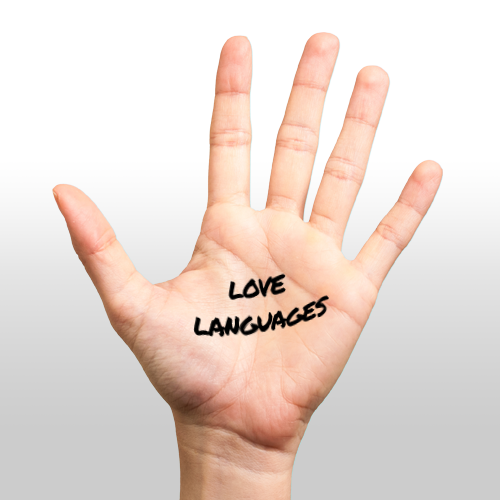The Five Love Languages of Fundraising

If you think this is just another feel-good fundraising analogy, think again.
We talk a lot about donor engagement, retention, and lifetime value, but many fundraisers still rely on one-size-fits-all messaging that assumes all donors think, give, and engage in the same way. That’s not how relationships work, and it’s not how fundraising works either.
The truth is, donors give for different reasons, stay loyal for different reasons, and walk away for different reasons. If we don’t understand what makes donors feel valued, we risk losing them.
Dr. Gary Chapman’s Five Love Languages framework, originally designed to explain how people receive and express love, offers a powerful way to rethink how we connect with donors. While research by Impett, Park, and Muise (2024) suggests the model lacks rigid empirical support, its lasting popularity underscores a deeper truth — people crave recognition, appreciation, and connection in different ways. In donor engagement, this remains essential: just like in relationships, donors respond best when they feel heard, appreciated, and understood in ways that matter to them.
The Role of Data in Personalized Donor Engagement
But before you can truly personalize donor engagement, data is key. To engage donors in ways that resonate, nonprofits must first understand what motivates them. That means:
- Segmenting donor audiences based on behaviors, giving history, and preferences.
- Tracking engagement patterns to determine which strategies work for different donor groups.
- Listening to donors through surveys, feedback loops, and real conversations.
When these insights are applied, you can create a more meaningful donor experience that fosters deeper connections and long-term support.
Applying the Five Love Languages to Fundraising
While the traditional five love languages provide a foundational framework, it’s essential to adapt them based on your donor data and feedback:
Words of Affirmation: Expressing Appreciation
- Donor Experience Gap: Generic thank-you messages can feel impersonal.
- Enhanced Engagement Approach: Use donor data to craft personalized messages that acknowledge specific contributions and their impact.
- Implementation: Develop segmented communication strategies that address donors by name, reference their past support, and highlight the tangible outcomes of their contributions.
Acts of Service: Demonstrating Commitment
- Donor Experience Gap: Donors may feel disconnected if they don’t see the organization’s commitment to its mission.
- Enhanced Engagement Approach: Share behind-the-scenes stories and updates that showcase your dedication and the direct impact of donor support.
- Implementation: Regularly update donors with stories of beneficiaries, project milestones, and challenges overcome, emphasizing how their support makes these efforts possible.
Receiving Gifts: Offering Meaningful Tokens
- Donor Experience Gap: Standardized gifts can come across as insincere.
- Enhanced Engagement Approach: Use donor preferences to offer meaningful tokens of appreciation that align with their interests and the organization’s mission.
- Implementation: Offer exclusive content, event invitations, or mission-related merchandise that reflects the donor’s level of engagement and personal interests.
Quality Time: Fostering Genuine Connections
- Donor Experience Gap: Limited interaction beyond solicitations can alienate donors.
- Enhanced Engagement Approach: Create opportunities for meaningful interactions, such as virtual town halls, behind-the-scenes tours, volunteer opportunities, and even personal phone calls.
- Implementation: Organize regular events where donors can interact with leadership, staff, and beneficiaries, allowing them to see firsthand the impact of their support.
Physical Touch: Creating Tangible Connections
- Donor Experience Gap: With everything going digital, physical touchpoints are rare but impactful.
- Enhanced Engagement Approach: Send personalized letters, handwritten notes, or custom reports that donors can physically hold, creating a lasting impression.
- Implementation: Incorporate direct mail campaigns that include personalized messages, impact reports, or small tokens that reflect the donor’s contribution to the cause.
While the Five Love Languages framework offers a unique way to think about donor engagement strategies, it’s important to recognize its limitations. Continue using your donor data to understand unique preferences and motivations. This tailored approach not only honors the individuality of each supporter but also strengthens the overall impact of fundraising efforts.
Reference
Impett, E. A., Park, H. G., & Muise, A. (2024). Popular Psychology Through a Scientific Lens: Evaluating Love Languages From a Relationship Science Perspective. Current Directions in Psychological Science, 33(2). https://doi.org/10.1177/09637214231217663